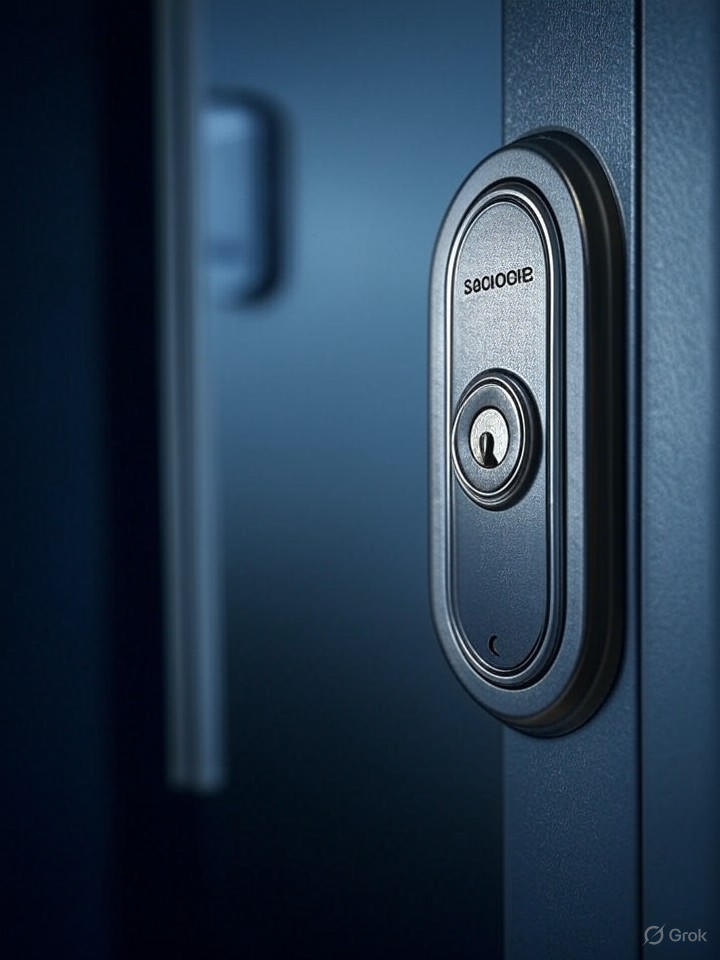In the realm of high-security storage, electronic safes have long been trusted to protect valuables ranging from firearms to controlled substances. But recent revelations have shaken the foundations of this trust, exposing vulnerabilities in widely used locking mechanisms. Security researchers, delving into the intricacies of these devices, uncovered methods to bypass safeguards in mere seconds, raising alarms across the industry.
The focus of this scrutiny is the Securam Prologic lock, a component integrated into safes from at least eight prominent brands. These locks, designed for robustness, incorporate features like multiple user codes, time delays, and battery-powered operations, as detailed on the manufacturer’s own site. Yet, what began as an investigation into one brand’s security quickly unraveled a broader issue affecting an array of products.
Discovery of the Backdoor Mechanism
The breakthrough came when researchers, prompted by a high-profile incident involving a safe manufacturer complying with law enforcement, decided to probe deeper. According to a report in Wired, they identified a hidden backdoor intended for authorized locksmiths. This feature, meant to facilitate legitimate access in emergencies, proved exploitable by unauthorized parties with the right knowledge.
By reverse-engineering the lock’s firmware, the team discovered that entering a specific sequence could trigger this backdoor, granting entry without the primary code. The exploit’s simplicity is startling: it requires no specialized tools beyond basic technical acumen, potentially allowing even moderately skilled intruders to compromise the safe.
Exploitation Techniques Unveiled
Beyond the backdoor, researchers unearthed a second vulnerability involving the lock’s communication protocols. This method leverages timing attacks or signal interceptions, enabling attackers to deduce codes or override locks remotely in some configurations. The Wired article highlights how these flaws affect not just consumer-grade gun safes but also commercial units securing narcotics and sensitive documents.
Industry insiders note that Securam’s Prologic series, including models like the L01 and L02, boast advanced features such as OLED screens and app integrations, as promoted on Securam’s website. However, these very innovations may have introduced overlooked weaknesses, underscoring the double-edged sword of technological advancement in security hardware.
Implications for Manufacturers and Users
The fallout from these discoveries extends to manufacturers like Liberty Safe, which incorporates Prologic locks in many of its products. In response to similar past vulnerabilities, companies have issued firmware updates, but the current exploits suggest a need for more rigorous auditing. A 2016 Wired piece on earlier safe hacks echoes this pattern, where unassuming attacks compromised household safes without leaving evidence.
For users, particularly those in law enforcement or pharmaceuticals, the risks are acute. Safes once deemed impenetrable now demand immediate reassessment. Experts recommend verifying lock models against known vulnerable lists and considering mechanical overrides or redundant systems, as seen in Securam’s ProLogic Xtreme, detailed in a Locksmith Ledger review from 2016.
Broader Industry Repercussions
As the security community digests these findings, calls for standardized testing and transparency in lock design are growing louder. The integration of smart features, like Bluetooth connectivity in ProLogic Smart locks, amplifies potential attack vectors, blending physical and digital threats.
Ultimately, this episode serves as a stark reminder that even high-security solutions are not immune to human ingenuity—or oversight. Manufacturers must prioritize proactive vulnerability disclosure, while users should stay informed through resources like Safe and Vault Store’s guides on Securam locks. The path forward involves not just patching flaws but rethinking the core architecture of safe security to prevent future breaches.




 WebProNews is an iEntry Publication
WebProNews is an iEntry Publication